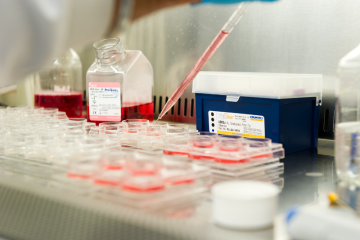PhD Studentship
High fidelity computational approaches to exploit new structures of cardiac ion channels

At a glance
In progress
Award date
September 2022 - September 2025
Grant amount
£90,000
Principal investigator
Dr Andrew Leach
Co-investigator(s)
Institute
University of Manchester
R
- Replacement
Read the abstract
View the grant profile on GtR
